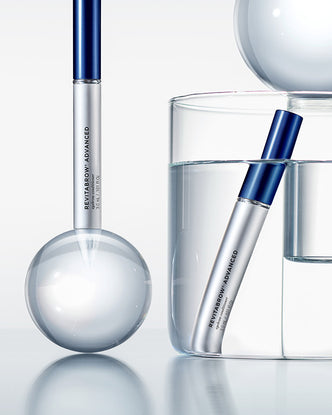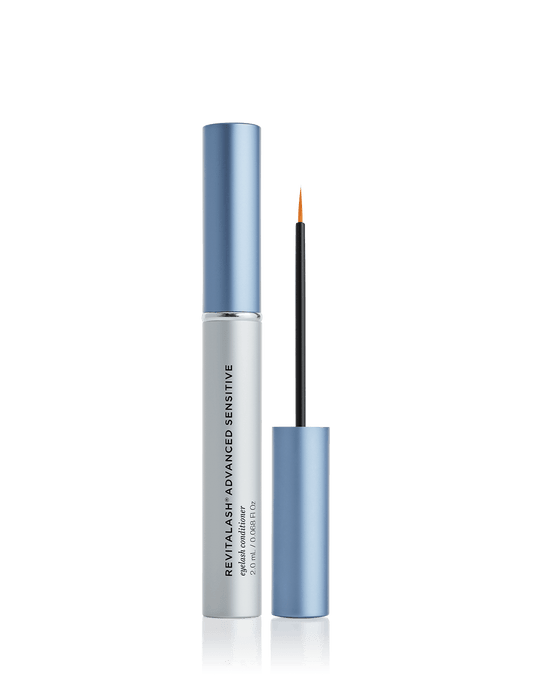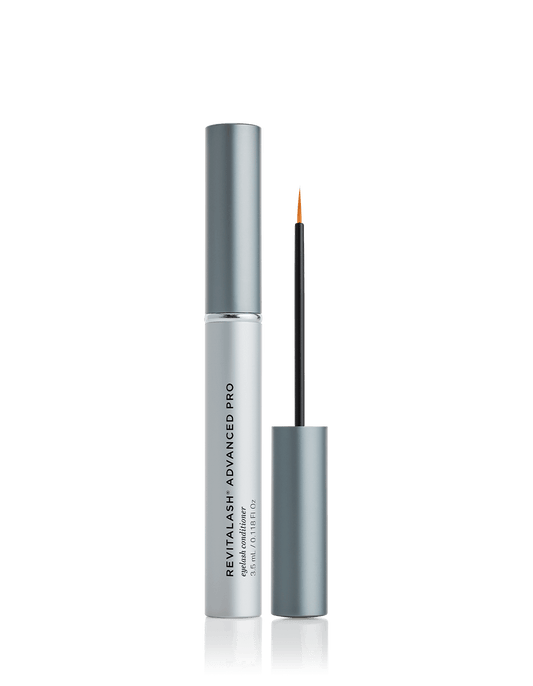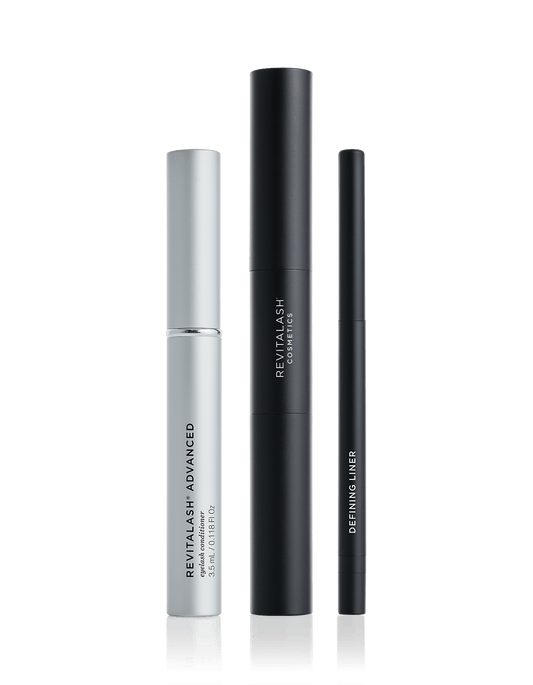Before trying costly beauty treatments like lash extensions or tinting, it’s important to understand your lash growth cycle. Understanding how your eyelashes grow and shed is crucial for maintaining their health and appearance. Time for a lesson in eyelash biology 101.
What Are Lash Phases — and Why Should You Care?
Each person typically has about 150-200 natural lashes per eye on their upper eyelids, and 75-100 on the lower lids. Regardless of differences in length, thickness, and color, everyone's lashes follow the same three-phase growth cycle. These phases are called Anagen, Catagen, and Telogen.
Did you know? Eyelashes are made of a protein called keratin. This is the same material as the hair on your head and body.
Anagen Phase: Active Growth
During the Anagen phase, lashes grow actively for around 30-45 days. About 40 percent of your lashes are in this phase at any given time. Once a lash reaches its maximum length, growth stops.
The duration of the Anagen phase can vary based on several factors. Genetics play a significant role, with some people genetically predisposed to longer Anagen phases, resulting in longer lashes.
Additionally, age and hormonal changes can influence the length of the Anagen phase. Younger people typically have longer Anagen phases than older people, resulting in more robust lash growth. (Yes, unfortunately—eyelash aging is real.)
External factors such as diet, stress levels, and overall health can also impact the Anagen phase. A balanced diet rich in vitamins and minerals is essential for hair growth. These include vitamin D, iron, and protein.
Did you know? Trichomegaly is the name of a condition that causes lash hair to grow faster and exceptionally long.
























